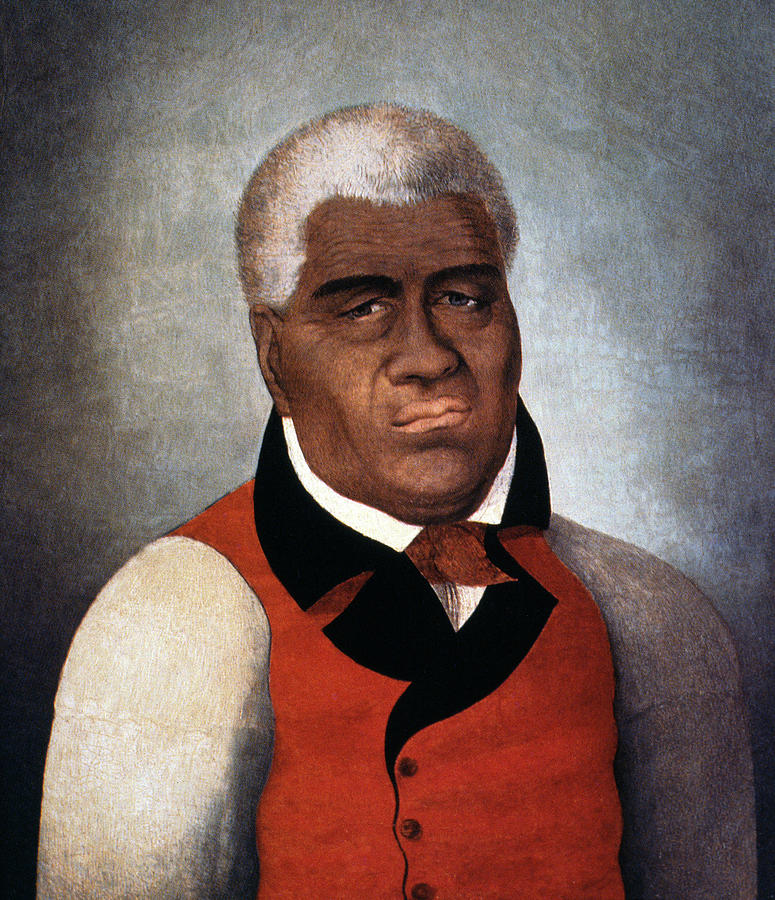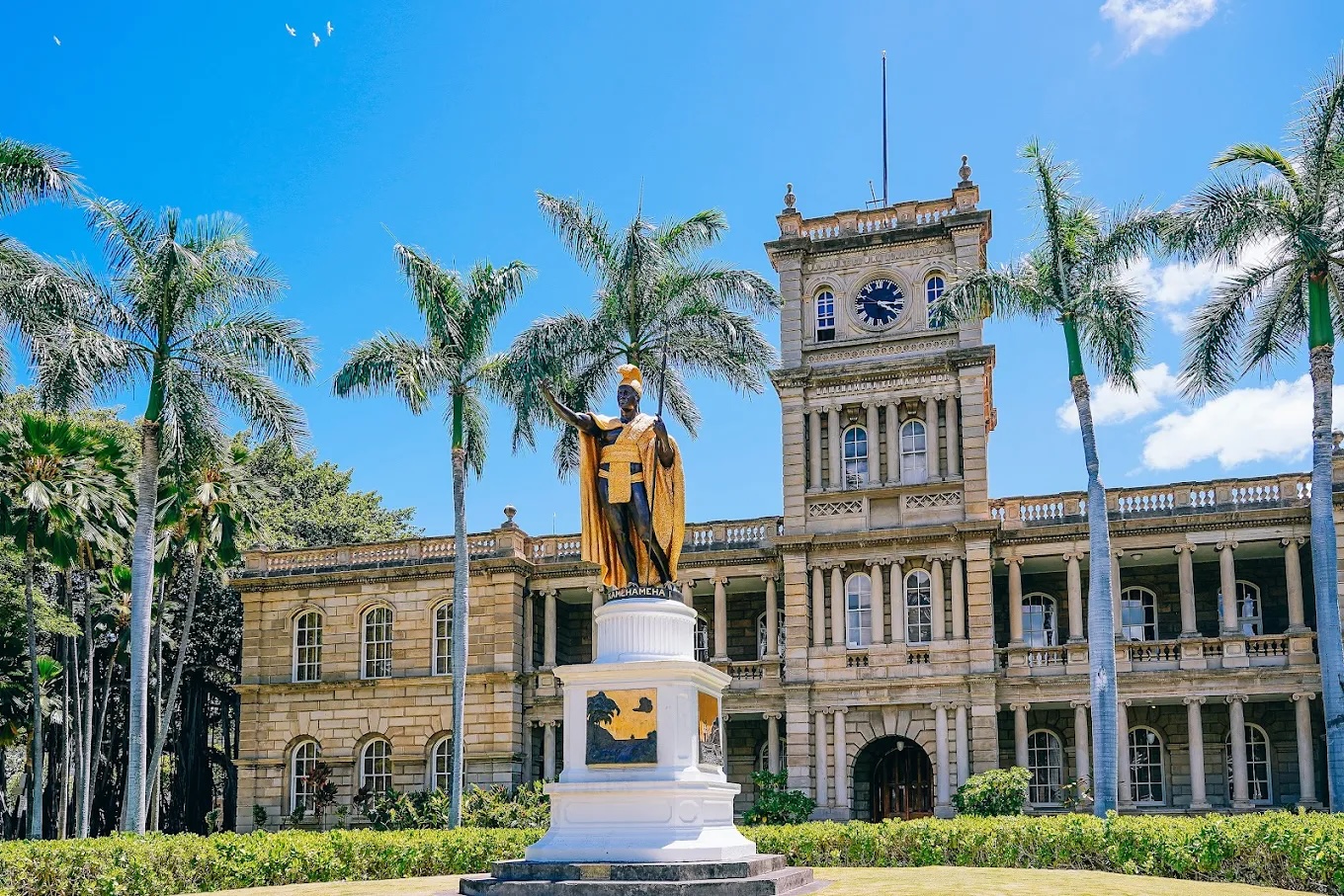Honoring a Hawaiian Legacy: King Kamehameha Day on Kaua‘i
Each year on June 11, Hawai‘i observes King Kamehameha Day, a state holiday commemorating the life and legacy of King Kamehameha I, the visionary leader who united the Hawaiian Islands into a single kingdom in 1810. On Kaua‘i, where resistance to unification lasted longer than on the other islands, the observance carries both reverence and reflection on sovereignty, diplomacy, and strength.
King Kamehameha, often referred to as “Kamehameha the Great,” was not only a formidable warrior and tactician but also a skilled diplomat. While most of the islands were unified through conquest, Kaua‘i and Ni‘ihau were peacefully integrated through negotiation with King Kaumuali‘i, reflecting Kamehameha’s pragmatic leadership and strategic foresight.
In communities across Hawai‘i—including here on Kaua‘i—King Kamehameha Day is marked with traditional hula, floral parades, and ceremonial lei draping of his statues. These celebrations honor not only the monarch himself but the enduring cultural values he embodied: unity, resilience, and respect for heritage.
As we celebrate this important holiday on the Garden Isle, it is an opportunity to deepen our understanding of Hawai‘i’s rich history and reaffirm our commitment to preserving its traditions. King Kamehameha Day is more than a remembrance of a single leader—it is a celebration of a people’s enduring identity and the spirit that continues to shape these islands.
King Kamehameha Photo
While no photographs of King Kamehameha I exist due to the era in which he lived, several notable artistic representations capture his likeness.

Portrait by James Gay Sawkins (1850)
This painting is believed to be the only historical depiction of Kamehameha I wearing the traditional ʻahu ʻula (feather cloak) and mahiole (helmet). It is based on earlier sketches by Louis Choris and is displayed in the Grand Hall of ʻIolani Palace.
Main photo: This statue stands prominently in front of Aliʻiōlani Hale, home to the Hawaiʻi State Supreme Court, and is one of the most iconic representations of Hawaiian heritage. The statue depicts King Kamehameha I, who is credited with unifying the Hawaiian Islands into one royal kingdom in 1810.





